Arbutus Menziesii
Glossy, evergreen leaves with a silvery underside; thin, peeling, cinnamon-coloured bark that reveals a satiny smooth, green truck that matures to deep reddish brown and clusters of scarlet to orange berries; the arbutus tree embodies the colours of the Christmas season. Incorporating a few of the gracefully contorted red twigs with branches of white fruited snowberry and orange hipped Nootka rose creates an outstanding floral arrangement for any holiday table.
Although the red berries can persist past Christmas time, they have often already been consumed by band-tailed pigeons, cedar waxwings, varied thrush and many other species of birds and animals. The white, honey scented spring flowers are ambrosia to bees and the succulent new leaves produced after a fire are eaten by deer and elk.
Arbutus, known in the US as madrone, are restricted to our “Mediterranean” type climate, with dry summers and warm winters. Because good drainage and open, bright conditions are critical, they often inhabit rocky, nitrogen poor locations where they are protected from drying winds, frequently in association with Garry oaks and Douglas firs. They are adapted to survive periodic fires by the ability to resprout from the base or from underground burls and this adaptation commonly produces multi stemmed specimens. They are drought tolerant and their deep, widespread roots help to prevent erosion.
The BC Register of Big Trees catalogues a record specimen at Witty’s Lagoon with a height of 28.4 m (92 ft), a circumference of 4.15 m (13 ft 7 in) and a spread of 21.03 m (69 ft), definitely worth a visit to the park. Look for it just past the Nature House, on the way to the bridge which crosses Sitting Lady Falls. Other nearby record size trees occur at Esquimalt Lagoon, in Colwood and at the Esquimalt naval base.
Arbutus trees were the equivalent of a modern day drug store as First Nations from California to British Columbia made use of the trees. Berries were eaten fresh, made into cider, cooked and dried for later consumption or used as bait to catch steelhead. Either the berries or the bark were added to the cooking of camas bulbs, to impart a pinkish colour. The berries and leaves were used to make a preparation to treat skin conditions, especially from contact with poison oak and the leaves were chewed to alleviate stomach aches and cramps. The bark and leaves were used as a post-childbirth contraceptive and were part of a mixture to treat tuberculosis. The bark was made into a tea for colds and sore throats and an infusion of the bark was applied as a beauty wash, it’s astringent properties used to close pores and soften skin.
The Straits Salish people tell of survivors of the “great flood” anchoring their canoes to arbutus at the top of Mt. Newton and they honour the role the arbutus played in their survival by not burning the wood in their stoves.
The rest of us haven’t discovered quite so many uses for arbutus. Although the wood is fine grained and dense, it is brittle and doesn’t dry evenly, causing cracks. It is used for pulp, firewood and woodworking and it produces a beautiful veneer.
If you enjoy participating in the miracle of creation, or perhaps you would like to have arbutus on your property, they are easy to germinate from seeds. Soften the berries in water and separate out the seeds. Pre-chill seeds in the fridge (not the freezer compartment!) for two months or plant seeds in fall in well drained, coarse soil, in a protected, sunny location out of the wind. They produce a long tap root and deeply resent being transplanted, so it is practical to plant the seeds in their permanent home. If they are to be started in a pot, they should be given plenty of root depth and kept in the pot until they are 2 feet tall. Use a soil mix of peat, sand and gravel. Although drought tolerant, any plant will survive better if they are watered deeply, once a month during the summer, for the first few years. However, the trees are subject to several soil borne fungus problems and the water should not be allowed to splash from the soil to the trunk or leaves. Use a deep mulch to retain moisture and prevent contamination by the fungi. They are somewhat slow growing, so plant now to leave a legacy for your children and community.
To ensure the health and longevity of arbutus on your property remember they are adapted to dry, poor soil conditions. Watering and fertilizing them as frequently as you maintain your lawn will eventually kill them. Preserve the root zone by not disturbing or compacting the soil and permit the leaves to slowly rot in place.
A quote from Arthur Kruckeberg, a Northwest naturalist, and professor emeritus of botany at the University of Washington, in “The Natural History of Puget Sound Country” encapsulates the beauty of arbutus: “Foliage, bark, flower and fruit of madrone consummate one of Nature’s most ornamental works of art”.
References:
Pojar, J. and A. MacKinnon, 1994. Plants of Coastal British Columbia, including Washington, Oregon and Alaska. BC Ministry of Forests and Lone Pine Publishing.
US Dept of Agriculture Plant Guide at: http://plants.usda.gov/cgi_bin/plant_profile.cgi?symbol=ARME
BC Register of Big Trees at:
http://srmwww.gov.bc.ca/cdc/register.htm#ARBUTUSBC
Poems
From: http://students.washington.edu/melliott/arbutus/madrono.html
Madrono (1836-1902)
by Bret Harte
Captain of the Western wood,
Thou that apest Robin Hood!
Green above thy scarlet hose,
How thy velvet mantle shows;
Never tree like thee arrayed,
O thou gallant of the glade!
When the fervid August sun
Scorches all it looks upon,
And the balsam of the pine
Drips from stem to needle fine,
Round thy compact shade arranged,
Not a leaf of thee is changed!
When the yellow autumn sun
Saddens all it looks upon,
Spreads its sackcloth on the hills,
Strews its ashes in the rills,
Thou thy scarlet hose dost doff,
And in limbs of purest buff
Challengest the sombre glade
For a sylvan masquerade.
Where, O where, shall he begin
Who would paint thee, Harlequin?
With thy waxen burnished leaf,
With thy branches' red relief,
With thy poly-tinted fruit,
In thy spring or autumn suit,--
Where begin, and O, where end,--
Thou whose charms all art transcend?
Another poem:
From: http://www.ac.wwu.edu/~bhreview/pagh.htm
After I Die
By: Nancy Pagh (still living, earned Phd from UBC)
My grandmother's pear or Italian plum
would be comfortable and sweet
but too domestic. I need
a wild tree. Cedar is my favorite trunk
but close-branched;
in cedar I can't see the sky.
Dreamy blossomed dogwood
are too slender for this purpose.
Douglas fir are tall enough and warm
in winter, but I have never felt at home
in a fir. After I die
take me to a madrona.
Choose one red-boled, round-hipped
and open at the shoulders.
Wear pants good for climbing and
bring a few lengths of cord.
Help each other help me
up through the branches,
through rubbery leaves or dry ones,
and tie me supine toward the sky:
I don't want to fall in the first wind.
There are laws against this sort of thing
so choose a place far enough out
that you can't find it again.
After I die the softest places
will come unstitched
and even bitter secrets I kept in my belly
will sound raucous
in the mouths of crows.
Curling red bark of madrona
pulls back from the limbs each summer
and I'll peel too, unwinding from bone.
In rainstorms, hard white pieces,
knuckles and ribs, will drop from branches
through wet green salal. The best part
is being allowed to scatter.
skip to main |
skip to sidebar
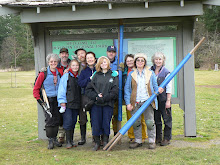
STEWARDSHIP

Deluxe, spacious, accommodation with roof!

Five babies wanting lunch...

Standing Guard

Please protect my habitat...

Is that spring around the corner?

The long grey days are almost over when the satinflowers appear
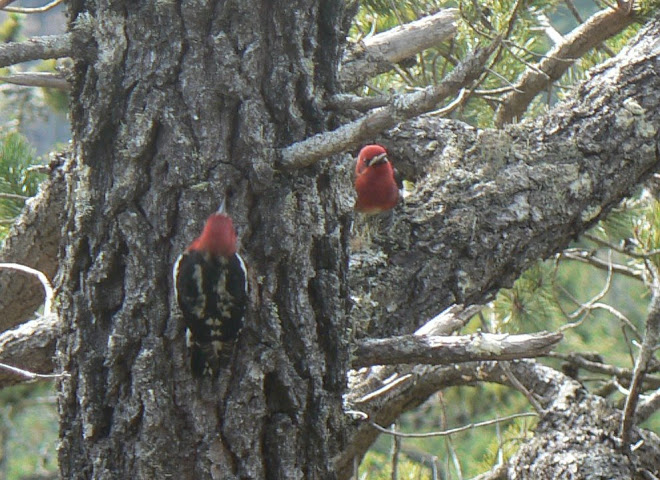
Love is in the Air!
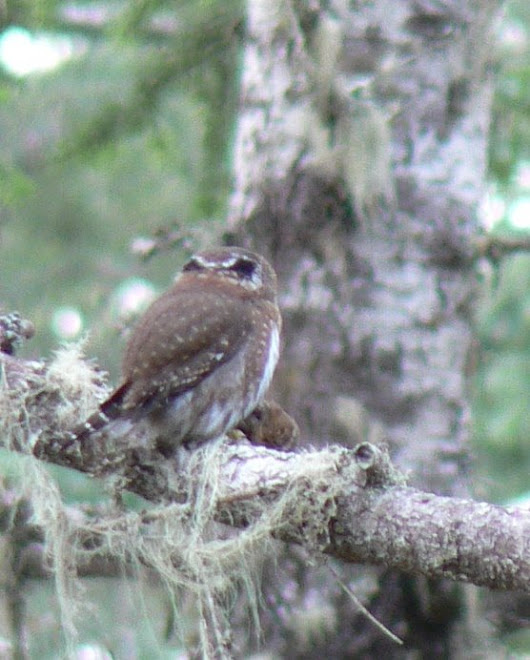
As a matter of fact, I do have eyes in the back of my head!
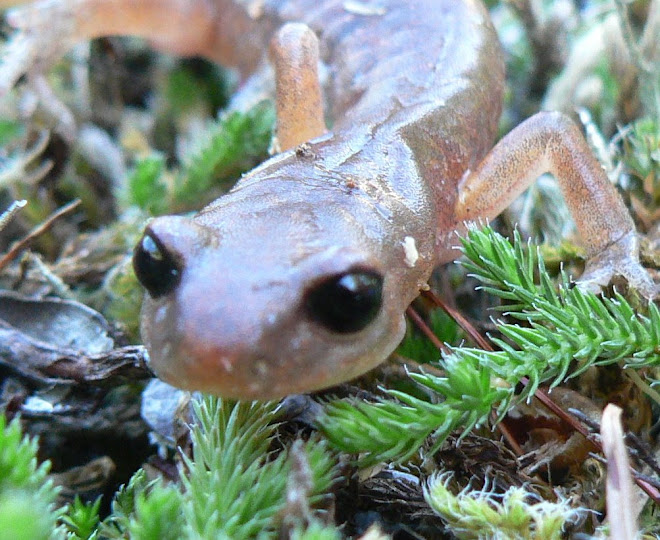
Ensatinas have rights too! Please leave some space in the forest for me....

A little yoga stretch to limber up for spring mating season!

Is it spring yet?

Thanks Moralea for restoring my habitat at Camas Hill!
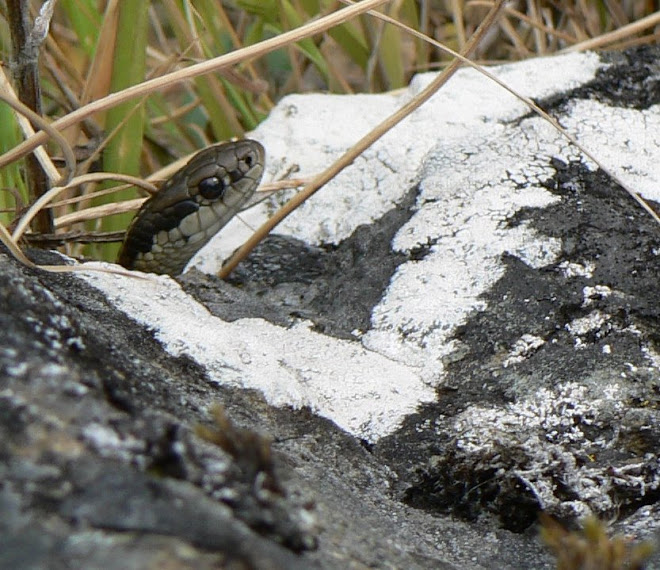
Is it spring yet?
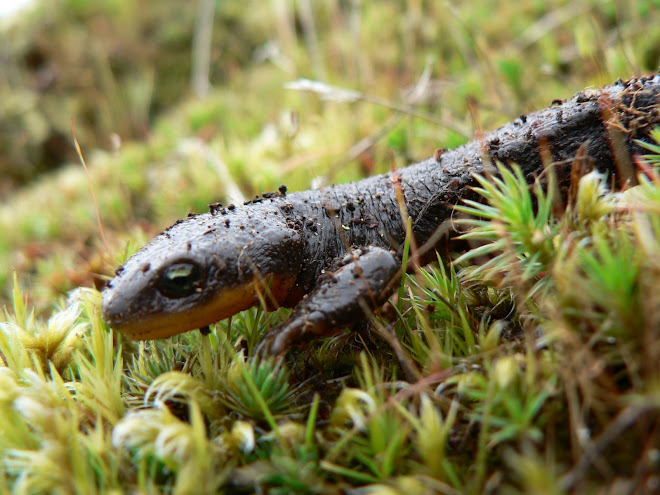
It's mating season and time to head down to Sherwood Pond!

James Miskelly has theory that I'm really rare, I feel so special.
Stewardship :: Community Service
Pages
Labels
moralea milne
STEWARDSHIP
Blog Archive
-
▼
2008
(60)
-
▼
October
(50)
- Forty Easy Native Garden Plants
- The Ethics of Plant Rescue
- Mistletoe Musings
- Trillums
- Fairy Slippers
- From the Natural World to Your Home
- Witty's Lagoon
- Wildlife Trees
- Wildlife Pond
- Who Who Hoo's Out There?
- Water Flows Downhill
- Tap Dancing With Maples
- Spotted Knapweed
- Scorpion Comes To Stay
- Sheep Moth
- Septic Savvy
- Say No To Drugs (pesticide use)
- Salamanders of Metchosin
- Rare Plant Communities of Metchosin
- “Rare Creatures of Metchosin and Their Preservatio...
- "Our Future Flies on the Wings of Pollinators"
- Nature's Silver Lining
- Native Pant Gardening for Food
- Native Plant Gardening is for the Birds!
- Why Salmonberries?
- Panic or Prudence? (Possible Pandemic)
- Mushroom Musings
- Mosquitos and You (West Nile)
- Migrating Fish of Metchosin
- Metchosin's Garry Oaks
- Lawnchair Birding
- Broom and Gorse
- Frogs of Metchosin
- Fireweed
- Fall Wildlife
- Emergency Preparedness
- Diminutive Giants
- Devonian Regional Park
- Death Preparedness and Etiquette
- Butterflies in Your Yard
- Bullfrogs "Tastes Like Chicken"
- Himalayan Blackberry
- Bigleaf Maple
- Bear Smart?
- Bear Aware
- Bats of Metchosin
- Banana Slugs
- Alders
- Burial Cairns in Metchosin
- Arbutus
-
▼
October
(50)
Links
- Mexi-Go Properties Blog
- Mexi-Go Properties
- Salted Lion
- Psycle (Biking for Global Change)
- Forage Fish of Metchosin and Beyond
- Broom Banter
- Wallace W Hansen's Gardening with Native Plants
- Metchosin Coastal Ecosystems
- Handbook for Garry Oak Gardener's
- Victoria Natural History Society
- Native Plant Society of British Columbia
- Garry Oak Ecosystems Recovery Team
- Native Plant Study Group
- Southern Vancouver Island Mycological Society
Contributors
Stellar's Jay Birdhouse

Deluxe, spacious, accommodation with roof!
Stellar's Jay Babies

Five babies wanting lunch...
Stellar's jay parent

Standing Guard
Bambi pleads

Please protect my habitat...
Brewer's Blackbird

Is that spring around the corner?
Satinflowers

The long grey days are almost over when the satinflowers appear
Red-Breasted Sapsuckers
Love is in the Air!
Northern Pygmy Owl
As a matter of fact, I do have eyes in the back of my head!
Ensatina
Ensatinas have rights too! Please leave some space in the forest for me....
Pacific Tree Frog

A little yoga stretch to limber up for spring mating season!
Pacific Treefrogs
Is it spring yet?
Sharp-tailed Snake

Thanks Moralea for restoring my habitat at Camas Hill!
Garter Snake
Is it spring yet?
Rough-skinned newt
It's mating season and time to head down to Sherwood Pond!
Western Branded Skipper
James Miskelly has theory that I'm really rare, I feel so special.
